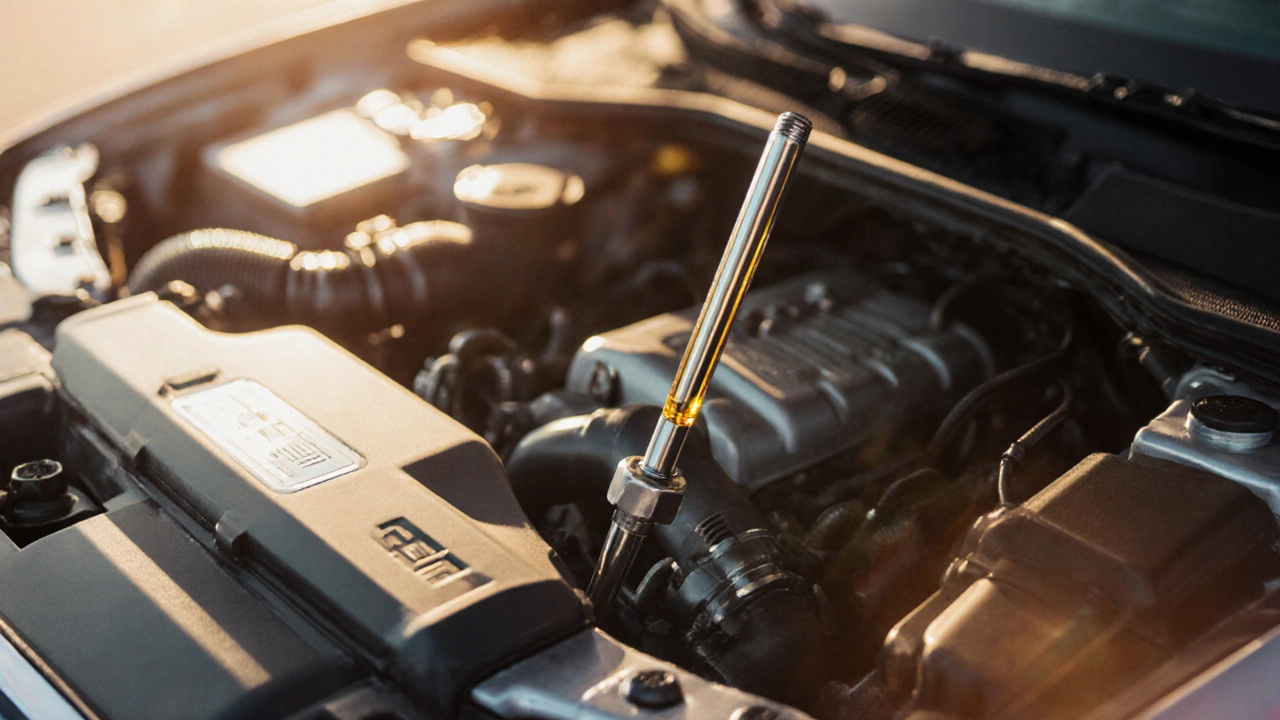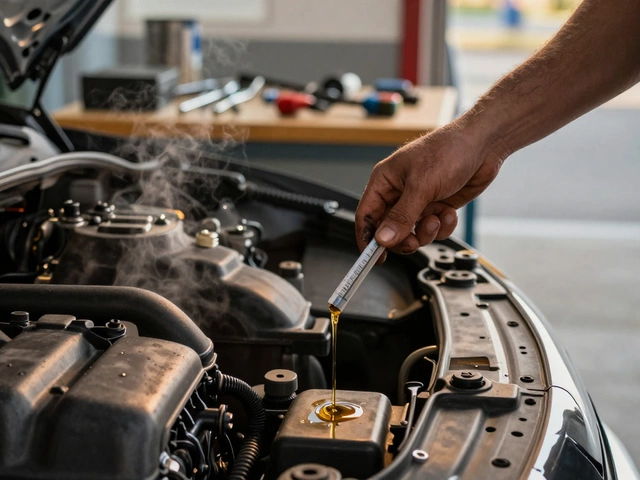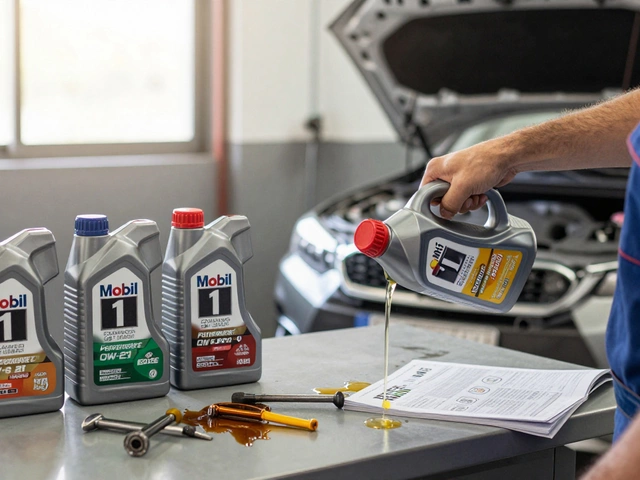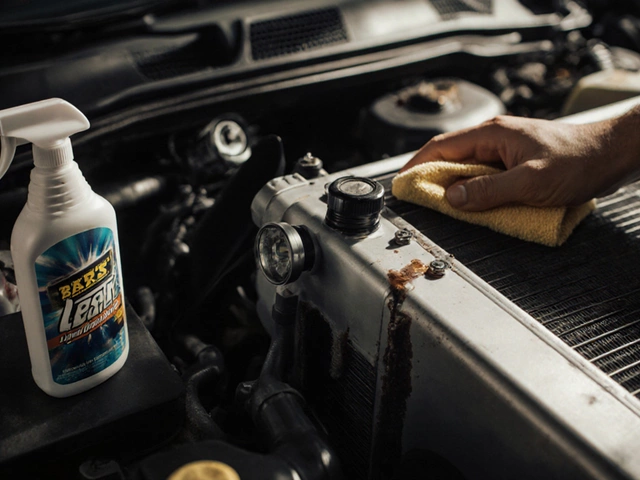Engine Oil Overfill: Risks, Signs & Fixes
When working with engine oil overfill, the condition where excess oil fills the crankcase. Also called oil excess, it often stems from misreading the dipstick or a faulty oil level sensor, a device that monitors oil quantity. The extra volume changes the engine oil viscosity, the oil’s thickness rating and stresses the oil filter, filter that traps particles.
Engine oil overfill creates a chain reaction: the crankcase becomes aerated, oil foams, and the resulting oil pressure, the force that pushes oil through the engine drops. Lower pressure means less metal‑to‑metal protection, so bearings wear faster and seals can leak. In short, overfilling reduces lubrication and increases wear – a classic cause‑and‑effect link.
What to Look for When You Suspect Too Much Oil
First sign is a dipstick reading above the "full" mark, especially after a recent fill. You might also notice oil spewing from the vent tube or see a thin white “smoke” from the exhaust, both results of oil being forced out of the crankcase. Unusual knocking or ticking noises can pop up as the crankshaft rubs against poorly lubricated surfaces. These symptoms oil aeration, the mixing of air bubbles into oil and engine knocking, abnormal noise from insufficient lubrication are direct outcomes of overfill.
If you spot any of those clues, act fast. Pull the dipstick, wipe it clean, re‑insert, and pull again to confirm the level. Then locate the drain plug or use an oil extractor pump, a tool that suction‑removes oil without removing the pan. Carefully remove just enough oil to bring the level back between the low and high marks. Many owners prefer draining a little at a time to avoid under‑filling.
Prevention is easier than correction. Follow the vehicle’s manufacturer specifications, the official guide that lists exact oil capacity for your engine. Use a clean funnel, add oil in small increments, and double‑check the dipstick after each pour. Some modern cars ship with a calibrated dipstick that accounts for temperature; if yours feels off, have the sensor inspected. A reliable fill method combined with a correct oil capacity, the total amount of oil a specific engine holds calculation eliminates most guesswork.
While you’re at it, consider the type of oil you use. Synthetic oils often resist foaming better than conventional oils, reducing the impact of a slight overfill. Switching to a high‑quality oil filter, filter that traps particles during each change can catch any debris that foaming might have loosened. Regular oil‑change intervals – typically every 5,000 to 10,000 miles for most drivers – keep the oil clean and the system balanced.
Chronic overfill can lead to long‑term problems. Persistent foam creates sludge that clogs oil passages, making the catalytic converter, the emissions component that needs clean exhaust gases work harder, raising emissions. The oil pan may also develop cracks from constant pressure spikes, eventually leaking oil onto the ground. Both scenarios translate to higher repair bills and reduced resale value – a clear cause‑and‑effect chain worth avoiding.
Now that you understand what engine oil overfill looks like, why it hurts your engine, and how to address it, the articles below will dive deeper into each step, from checking the dipstick correctly to choosing the right oil type for your climate. Browse the collection for practical tips, step‑by‑step guides, and expert advice that will keep your engine running smooth and safe.

Adding an Extra Quart of Engine Oil - Risks, Effects, and How to Fix It
Find out if adding an extra quart of engine oil can damage your car, how it affects performance, and step‑by‑step ways to fix over‑fill safely.
CONTINUE READING








